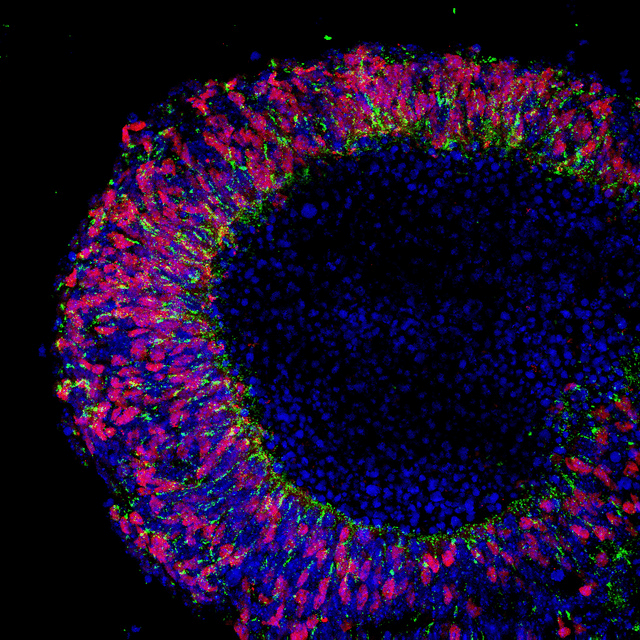Nearly every cell in the body contains mitochondria, structures that are responsible for generating the energy that organisms use to function. In recent years, the scientific community has detected hints that mitochondria actually have much more unknown roles in growth.
Scientists from Langone Medical Center at New York University found that blocking a certain enzyme in the mitochondria of fruit flies prevented stem cells from developing into egg cells. The enzyme, ATP synthase, is associated with 12 different proteins. Over the course of two years and after screening more than 8,000 genes thought to play a role in fruit fly growth, the research team determined that intercepting any of the 12 proteins would disrupt egg cell development. After further experimentation, the researchers found that ATP synthase controls the formation of cristae, the inner membrane of the mitochondria. Cristae plays a crucial role in a cell’s energy production and a stem cell’s development into an egg cell.
Image Source: Dr. Don Fawcett
Since every cell with a nucleus contains mitochondria, it is highly likely that the results of the study can also be applied to human cells. More research will be conducted on ATP synthase and mitochondria’s roles in cell development.
High amounts of mutated mitochondrial DNA can lead to severe health issues that have no cure, such as seizures, dementia, heart failure, and liver dysfunction. Recently, researchers from the Salk Institute for Biological Studies in La Jolla, California found that mitochondrial mutations in mice could be “snipped” out using restriction enzymes. This allows geneticists to prevent mitochondrial diseases from being passed from parent to offspring. These “editing enzymes” were injected into fertilized mouse eggs and the targeted DNA was more or less eliminated while healthy mitochondrial DNA remained unaffected. Even in following generations that weren’t treated with the enzymes, the offspring showed fewer signs of mitochondrial disease.
Both discoveries contribute to the future of mitochondria’s role in egg and embryo development. Scientists hope to find more details on the specific effects that ATP synthase has on other aspects of human development, and DNA editing may contribute to safer in vitro fertilization, or IVF, therapy.
Feature Image Source: A nascent retina, generated from a 3D embryonic stem cell culture by UCL News










